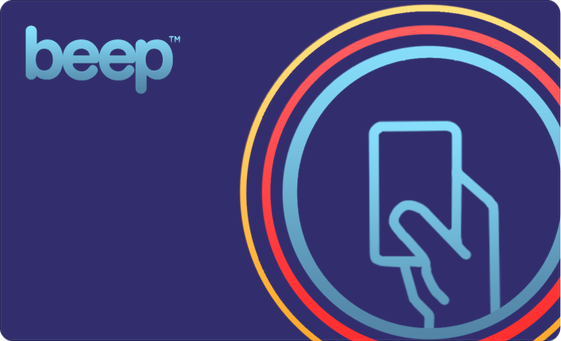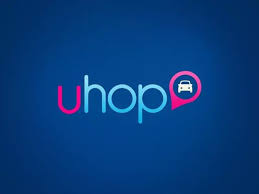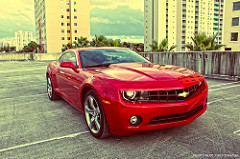The ‘beep’ cards finally arrived at the MRT stations this week. As early as Jan2013, there were already plans to replace the ticketing system for our trains and increase the number of trains. Just like a classic MRT ride, it took us some time to get there. At least it’s now here.
The beep cards may be used in MRT along EDSA, as well as LRT1 along Taft Ave and LRT2 along Aurora Blvd. Now our ticketing system has been unified so to speak.
It is also expected that these tickets (and their turnstiles) will yield to faster entrance and exit to and from the stations as they are just ‘tap-and-go cards’ whereas the previous system, the insertable magnetic tickets were prone to errors and bogging down allegedly due to card slot jamming and data error due to scratching. I hope this really proves to be a faster alternative.

Nonetheless, the efforts on improving our rail system should not stop with the better ticketing system since the benefits of the beep card may still be nullified by very long lines, stop entry, lack of trains and long waiting time.
I do complain but I don’t like to complain that much since it’s bad for the heart. As expected, many were not satisfied with the new ticketing system as they feel that there are bigger problems to be solved. Well the new trains are supposed to arrive by next year, so for now, I enjoin you to appreciate the small steps, the small victories.
The beep cards may be used and reloaded in the 3 train systems. Hopefully, someday the same concept shall be integrated with our bus system (wish upon a star) similar to that in Hong Kong and Singapore (called Octopus card and EZ Link respectively). The BGC Bus (obviously in BGC) have their own tap cards for the buses called TapBGC. I hope someday we can just integrate the two into one card and usable for all the buses in the country.
Or maybe for toll payments as well in out various expressways, anyway the ones up north are also owned by the MVP group.
In fact, in aforementioned countries, such cards may also be reloaded or used for purchase in convenience stores. I hope to see the same here in our country. More uses of the card and more reloading stations to lessen the queues in the stations.
Awarded to the MVP and Ayala consortium via PPP, it is not far off (I hope) that one day, such beep cards may also be reloaded via our telco (Smart, Sun and Globe), and maybe banks too since these business giants also have interests in other industries. Power of synergy.
One card for many uses, like a combined Advantage card useful for gasoline purchase, fastfood and convenience stores purchases etc. In what we’re seeing now, various establishments have their own cards offering their own tap-and-go plus rewards system.
But we can’t have tens of cards in our wallets just for these. Too much hassle. I hope the beep card can be a unifying card to serve many purposes and perks outside of train rides, just like how MVP and Ayalas united to bid for this PPP project.
In spite of this development, there will still be some of our countrymen who will need to purchase single journey tickets every time, not because they want to be inconvenienced all the time, but because that’s all they can afford, or that they were used to the sachet economy mindset. But I’m hoping to see less of those folks.
Maybe beep cards should be sold at a discount to the lower economic classes, anyway the card just costs PHP20, so that they can just keep on reloading the beep cards instead of buying single journey tickets all the time.



















